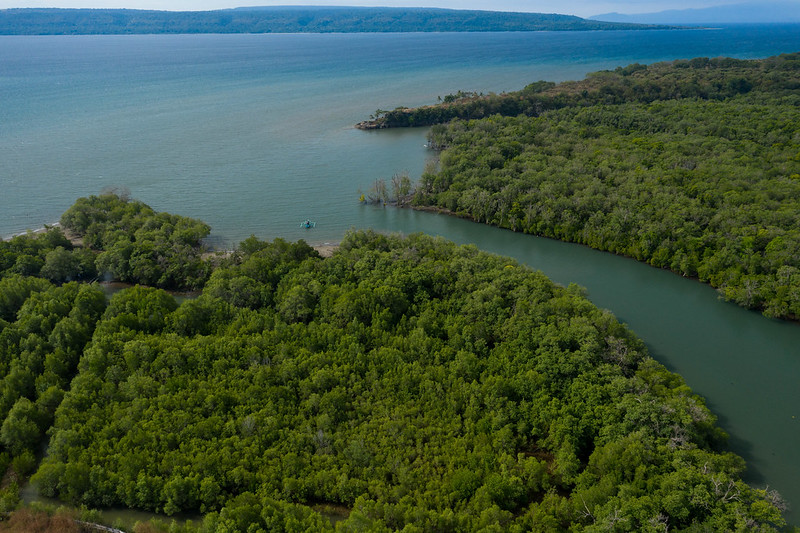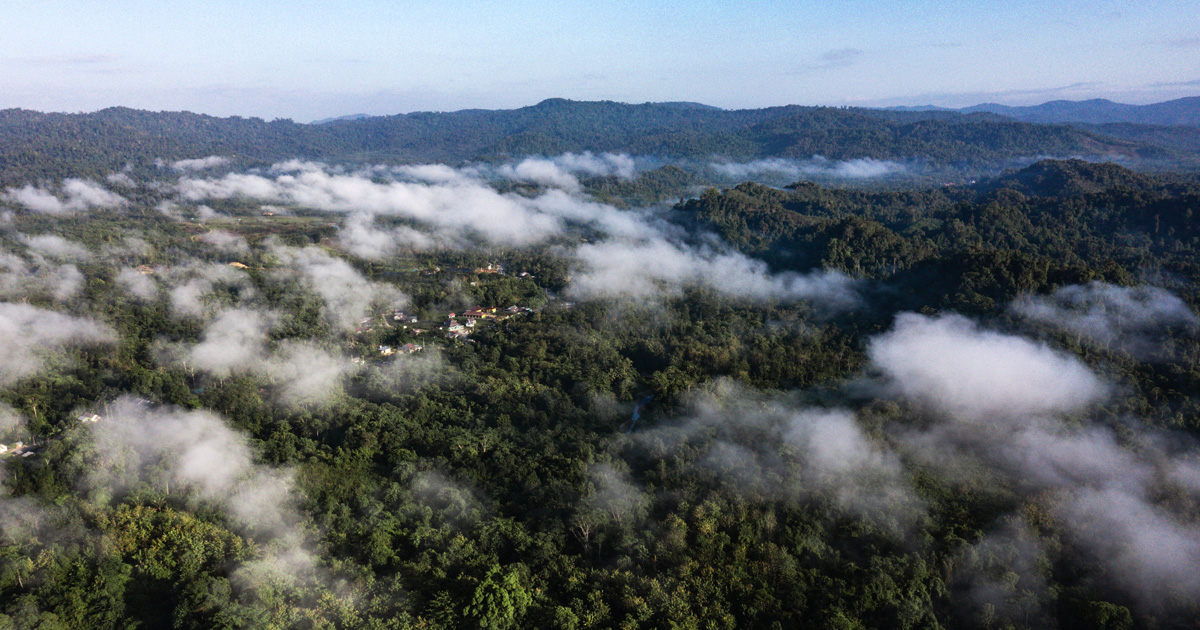
The idea behind this new study, led by Sigit Sasmito of the National University of Singapore and Mohammad Basyuni of the University of North Sumatra and published in the journal Nature Ecology & Evolution, was simple. “We were triggered by the fact that there was a big plan to restore 600,000 hectares of mangrove in Indonesia, so we were curious about where to find the land,” said co-author Daniel Murdiyarso, principal scientist at CIFOR-ICRAF.
Mangrove restoration is much more complex than simply planting seedlings; whether those seedlings will grow depends on the substrate, hydrology and history of the area they’ve been planted in, and whether they will persist in the long term is linked to the land tenure status of where they’re growing. And, according to Planet Indonesia executive director Adam Miller, planting is not necessarily even the most effective restoration method.
“Research and best practices have shown us that the priority should be on enabling natural recruitment of mangroves, rather than manually replanting them,” he told Mongabay. In sum, predicting where restored mangroves will flourish requires understanding the biological, geological and governance factors involved.
Sasmito and Basyuni’s team did just that, compiling countrywide data to identify areas of high, medium and low opportunity for mangrove restoration. Just 9% of potential restorable land, they discovered, are high-opportunity areas, with nearly 60% classified as low-opportunity. The most promising areas for restoration are concentrated in five provinces: the Bornean provinces of East, North and West Kalimantan, and the Sumatran provinces of South Sumatra and Riau.


















